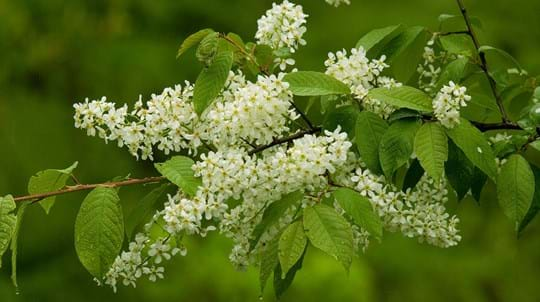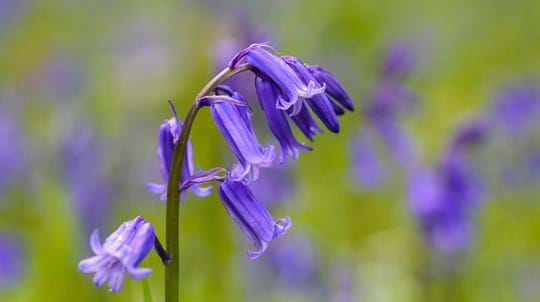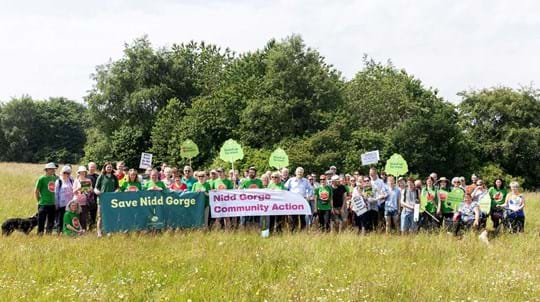
Credit: John MacPherson / WTML
Capturing pollutants
Trees and other vegetation planted in the right places can help improve urban air quality on a local scale by forming a barrier between people and pollutants. They also remove some particulate pollution from the air by catching the tiny particles on their leaf surfaces. Research has found significantly lower asthma rates among children aged 4-5 in areas with more street trees. As well as reducing air pollution, trees take carbon dioxide from the air, helping in the fight to limit further climate change.














